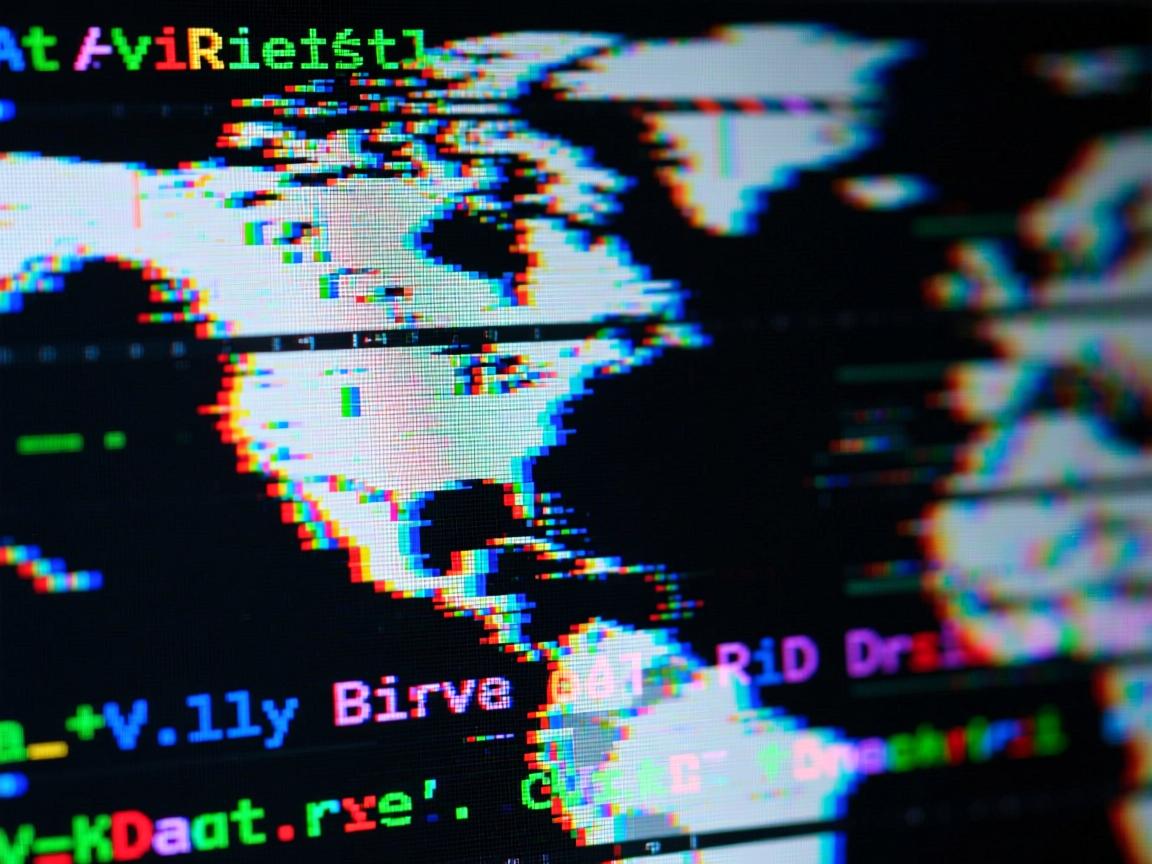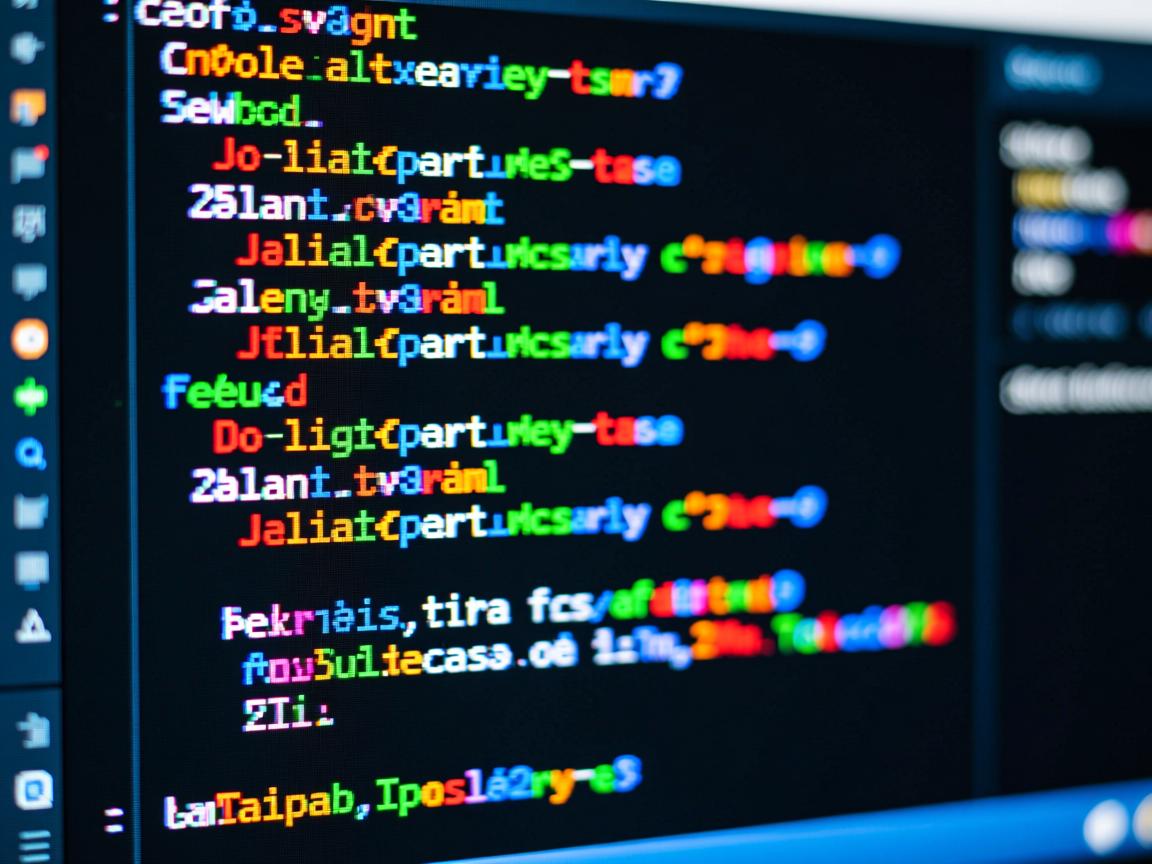上一篇
在Java中,字符串转码可通过
String.getBytes("目标编码")获取字节数组,再通过
new String(字节数组, "新编码")重构字符串实现,常用编码如UTF-8、GBK,需处理
UnsupportedEncodingException异常(Java 11+推荐使用
StandardCharsets常量避免异常)。
为什么需要转码?
字符串在Java内部以Unicode格式存储,但与外部系统(文件、网络、数据库)交互时需转换为字节序列,若编码不一致(如系统默认编码为GBK,而数据用UTF-8传输),会导致乱码。
String text = "中文"; byte[] bytes = text.getBytes(); // 默认编码(如GBK) String decoded = new String(bytes, "UTF-8"); // 编码不一致,出现乱码
Java转码核心方法
String.getBytes() 与 new String()
// 字符串 → 指定编码的字节数组 String str = "Hello, 世界!"; byte[] utf8Bytes = str.getBytes(StandardCharsets.UTF_8); // 指定UTF-8编码 // 字节数组 → 字符串(需明确原始编码) String decodedStr = new String(utf8Bytes, StandardCharsets.UTF_8);
Charset 类(推荐)
Charset charset = Charset.forName("GBK");
byte[] gbkBytes = str.getBytes(charset); // 转成GBK字节数组
String result = new String(gbkBytes, charset); // 正确还原
处理编码转换流
try (InputStreamReader reader = new InputStreamReader(
new FileInputStream("input.txt"), "ISO-8859-1"); // 源文件编码
OutputStreamWriter writer = new OutputStreamWriter(
new FileOutputStream("output.txt"), "UTF-8")) { // 目标编码
int c;
while ((c = reader.read()) != -1) {
writer.write(c); // 自动转码
}
}
关键注意事项
-
明确指定编码
避免依赖系统默认编码(如getBytes()无参方法),用StandardCharsets.UTF_8等常量替代字符串参数。
// 错误:依赖系统默认编码 byte[] riskyBytes = "文本".getBytes(); // 正确:显式声明 byte[] safeBytes = "文本".getBytes(StandardCharsets.UTF_8);
-
常见乱码场景
- “锟斤拷”:UTF-8字节被误用GBK解码。
- “�”符号:无法映射到目标字符集的字符。
- 字节截断:多字节编码(如UTF-8)被不完整读取。
-
编码检测工具
若未知源数据编码,可用第三方库(如ICU4J、juniversalchardet)辅助判断:
// 使用juniversalchardet检测编码 byte[] data = Files.readAllBytes(Paths.get("unknown.txt")); UniversalDetector detector = new UniversalDetector(null); detector.handleData(data, 0, data.length); detector.dataEnd(); String encoding = detector.getDetectedCharset(); // 返回可能编码如"UTF-8"
最佳实践
- 统一内部编码:项目强制使用UTF-8(JVM启动参数加
-Dfile.encoding=UTF-8)。 - 外部交互显式声明:
- HTTP响应头:
Content-Type: text/html;charset=UTF-8 - 数据库连接:JDBC URL添加
?useUnicode=true&characterEncoding=UTF-8
- HTTP响应头:
- 处理不可映射字符
用CodingErrorAction指定策略:CharsetDecoder decoder = StandardCharsets.UTF_8.newDecoder() .onMalformedInput(CodingErrorAction.REPLACE) // 替换无效输入 .onUnmappableCharacter(CodingErrorAction.IGNORE); // 忽略无法映射字符
完整示例:UTF-8转GBK
public class EncodingConverter {
public static void main(String[] args) throws Exception {
String original = "转码测试";
// UTF-8 → GBK
byte[] gbkBytes = original.getBytes("GBK");
// GBK → UTF-8还原
String restored = new String(gbkBytes, "GBK");
System.out.println(restored); // 输出"转码测试"
// 错误转换(乱码)
String wrong = new String(gbkBytes, StandardCharsets.UTF_8);
System.out.println(wrong); // 输出乱码如"杞爼娴嬭瘯"
}
}
引用说明
- Java官方文档:Charset (Java 17)
- 编码标准:Unicode Consortium
- 检测库:juniversalchardet (GitHub)
通过显式声明编码、避免依赖默认值、使用标准常量,可彻底解决Java转码问题,实际开发中,务必在数据输入/输出边界明确编码格式,并在日志中记录编码转换过程以便调试。







